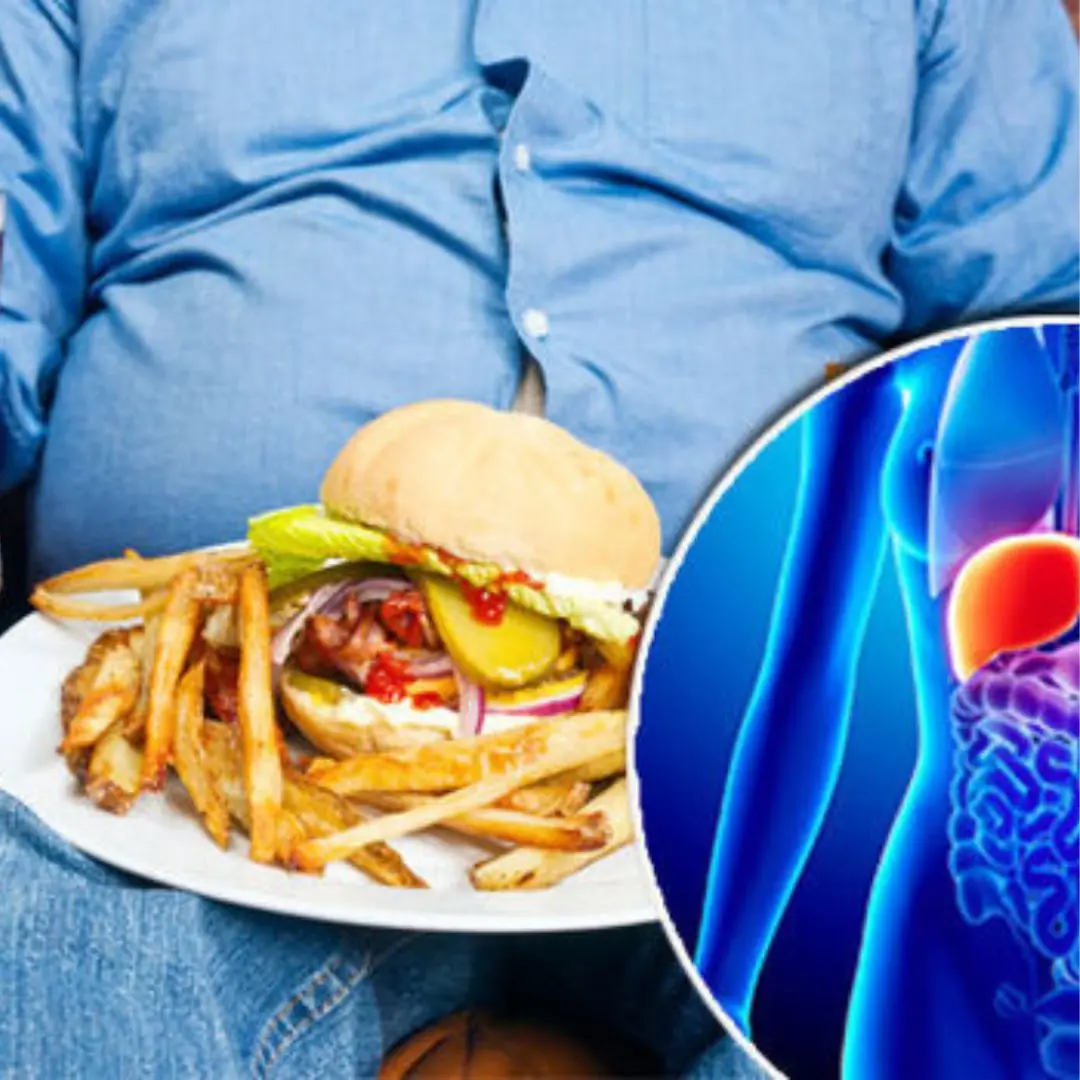
3 reasons why the elderly are susceptible to high bl.o.o.d fat and how to fix it

High Blood Fat in the Elderly
High blood fat in the elderly is a condition of lipid metabolism disorder, also known as dyslipidemia in older adults. It is characterized by an increase in harmful fats (LDL cholesterol, triglycerides) and a decrease in beneficial fats that protect the body (HDL cholesterol).
According to statistics, about 26% of Vietnamese people aged 25–74 suffer from high blood fat. Among seniors over 60, the condition is even more common. Below are the causes of the disease and important information to help the elderly reduce their risk.
What Blood Fat Level Is Considered High, and What Should You Eat?
3 key things to keep in mind for seniors with high blood fat
High blood fat in the elderly has many causes, including organ function decline, lifestyle, and underlying diseases. The main causes of dyslipidemia in older adults include:
1. Decline in Organ Function
As people age, the body gradually deteriorates, and organs responsible for regulating blood fats such as the liver and gallbladder become less efficient. This makes it harder to transport and eliminate excess fat. As a result, fat accumulates in the arterial walls, leading to high blood fat.
In addition, an unbalanced diet, sedentary lifestyle, and lack of exercise also contribute to dyslipidemia in older adults.
Other less common causes include diabetes, high blood pressure, liver disease, and obesity — all of which increase the risk of high blood fat.
2. Unbalanced Diet
When the elderly consume foods high in fat or refined carbohydrates, the risk of blood fat disorders increases. Foods high in fat such as butter, milk, and animal fat can raise cholesterol levels. Similarly, excessive carbohydrate intake leads to triglyceride buildup, contributing to dyslipidemia in the elderly.
According to statistics, about 26% of Vietnamese people aged 25–74 have high blood fat.
Adding fiber and vitamins to the diet plays an important role in reducing cholesterol and fat absorption. Fiber sources include vegetables, fruits, cereals, and mushrooms. Seniors should choose steamed or boiled foods and avoid fast foods and deep-fried dishes.
Elderly protein needs are around 60–70g per day, with animal protein making up 30%. Calcium-rich foods such as fish, shrimp, and crab are essential (100g of shrimp contains 910mg calcium; 100g of field crab contains 5,040mg calcium). Eating small fish stewed until soft helps absorb calcium from the bones, preventing osteoporosis in the elderly.
Menus should be varied to avoid monotony, with soft, finely chopped, well-cooked dishes, and nutritious soups that are easy to digest. Seniors should avoid overeating, especially at night, and must not eat late at night. A full stomach while lying down pushes the diaphragm up, compressing the heart and impairing its function.
After meals, older adults should sit upright or walk lightly for about 30 minutes to aid digestion and ease food movement into the small intestine.
3. Sedentary Lifestyle
Many elderly people avoid exercise due to fear of falling, stroke, or feeling unsafe. Seniors with bone and joint pain, back pain, or obesity (BMI of 30 – grade 1 obesity) often have limited mobility and reduced flexibility.
This inactivity is harmful to health, as it increases fat deposition in the arteries and negatively affects the cardiovascular system.
How the Elderly Should Exercise
Older adults should seek medical advice to choose exercises suitable for their health condition. Regular exercise helps improve overall health, reduce high blood fat, and prevent cardiovascular complications.
Effective exercises for seniors with high blood fat include walking, cycling, swimming, and yoga. Among these, gentle, regular walking is the safest and most beneficial activity.
According to recommendations, seniors should walk for about 60 minutes per day, divided into 2–3 sessions. They should avoid walking continuously for 60 minutes, and not walk in hot or extremely cold weather.
Elderly people should always warm up properly before exercise, move slowly and gradually increase intensity, maintain activity for at least 30 minutes, avoid overexertion, and drink enough water.
News in the same category

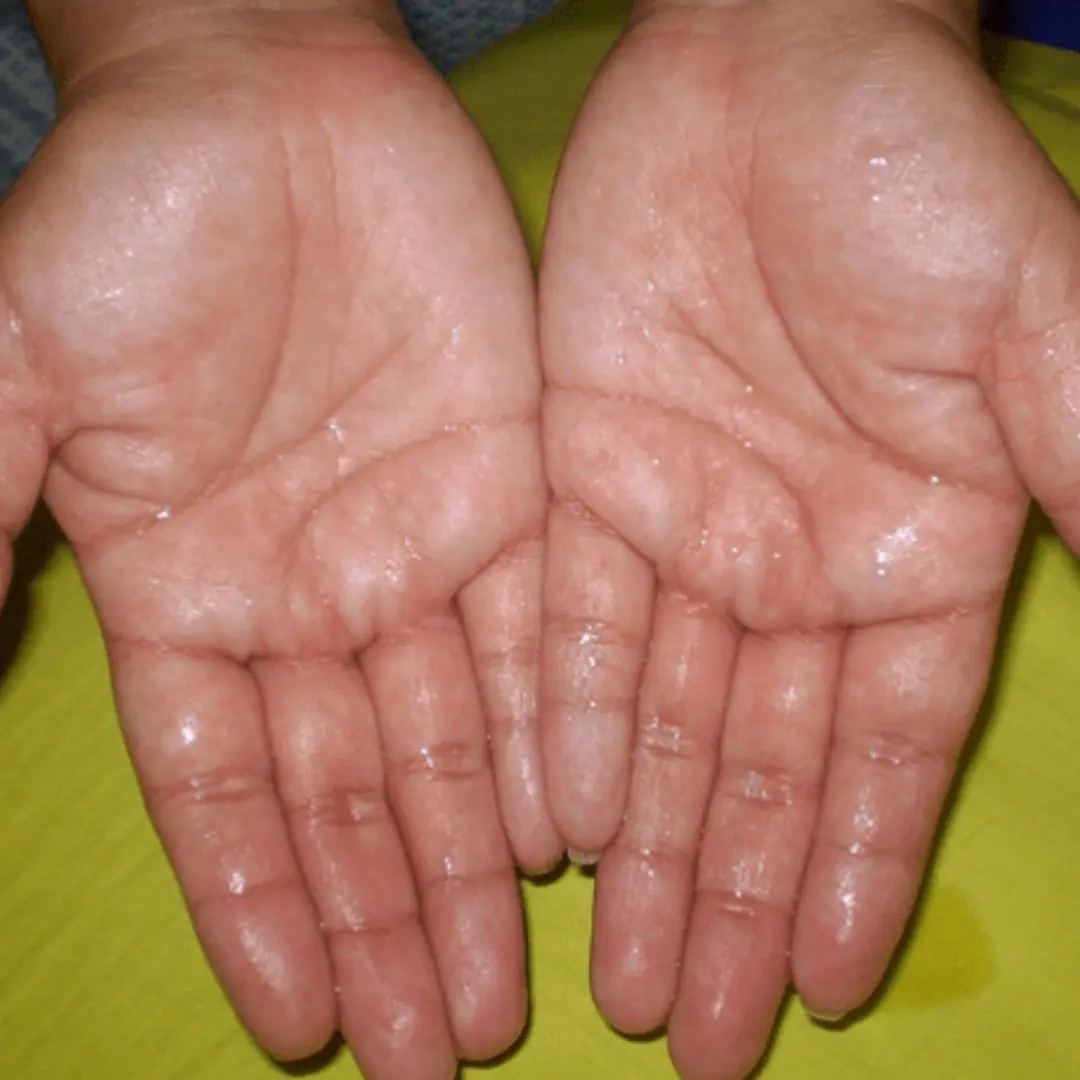
What’s Really Going On When Your Hands and Feet Won’t Stop Sweating?
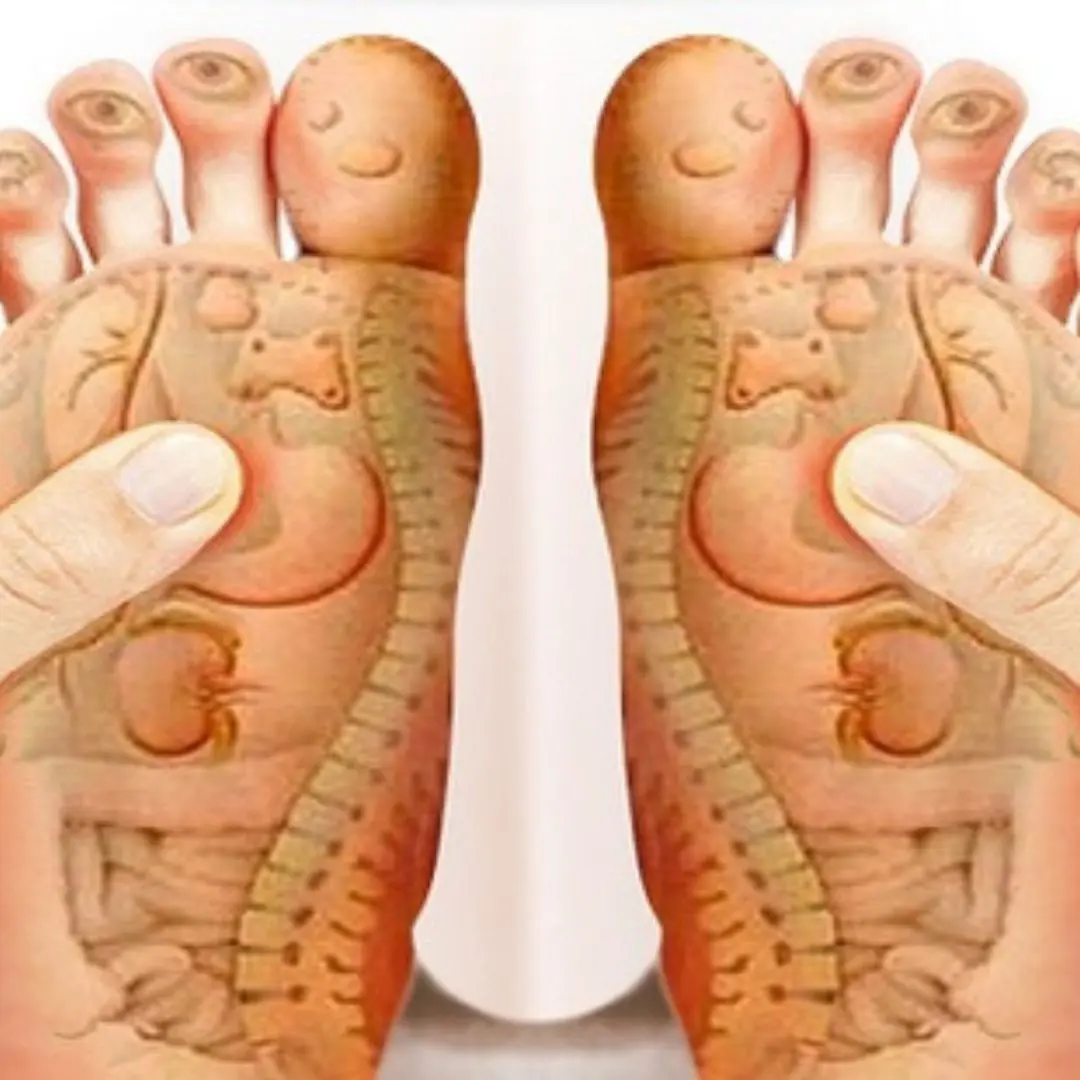
Cold Feet All the Time? 6 Reasons That Have Nothing to Do With the Weather
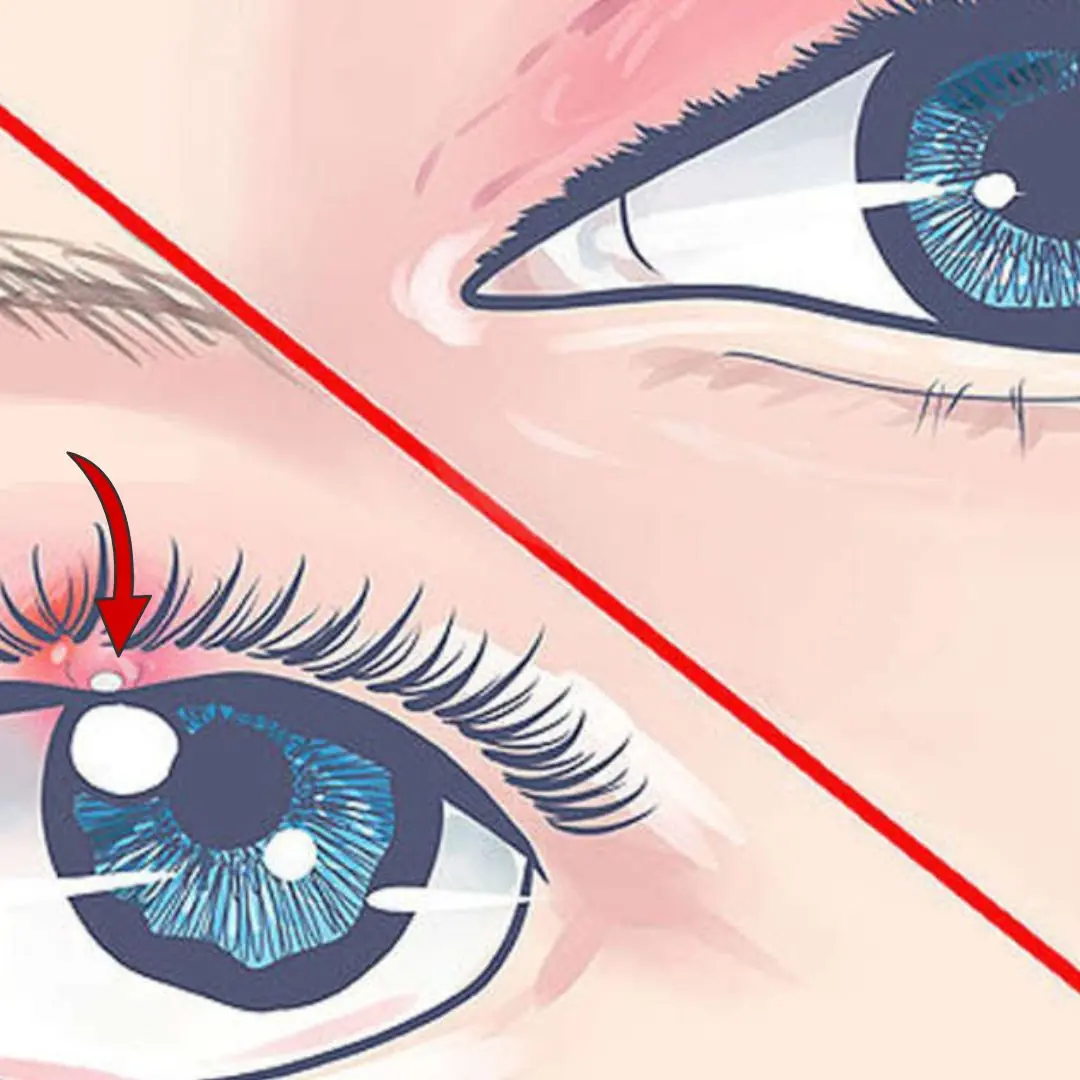
What Exactly Is a Stye — and How Can You Get Rid of It?

6 Types of Food You Should Never Keep Overnight
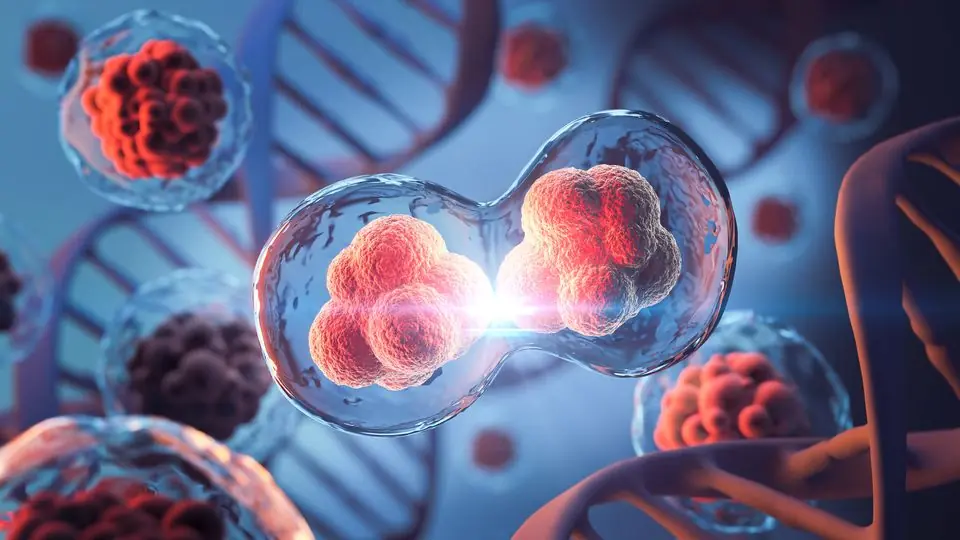
Can.cer Cells Love These 4 Foods
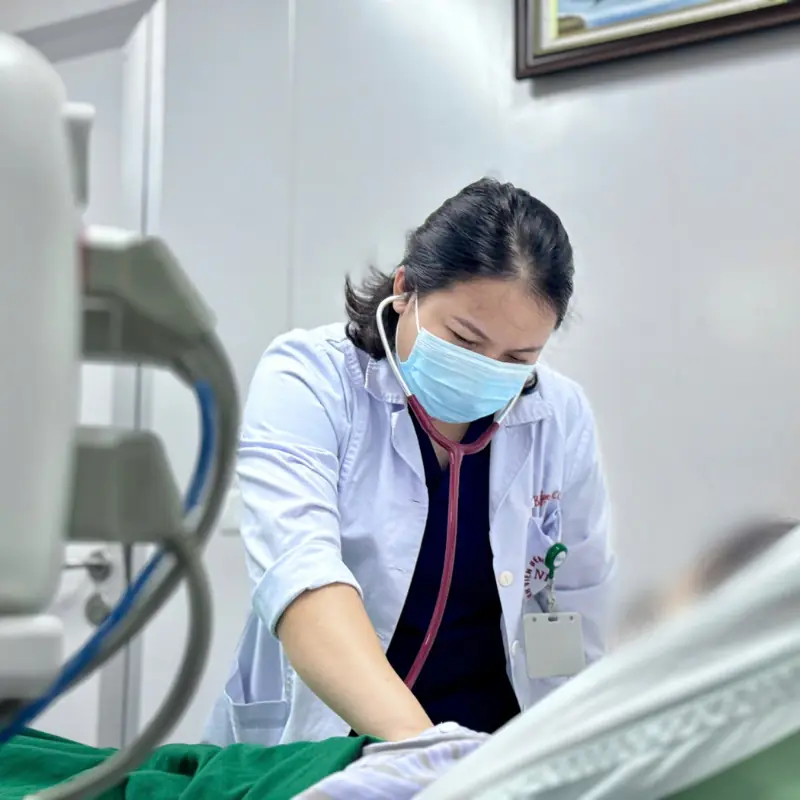
A 25-Year-Old Girl Developed L.ung Consolidation in Just 3 Days
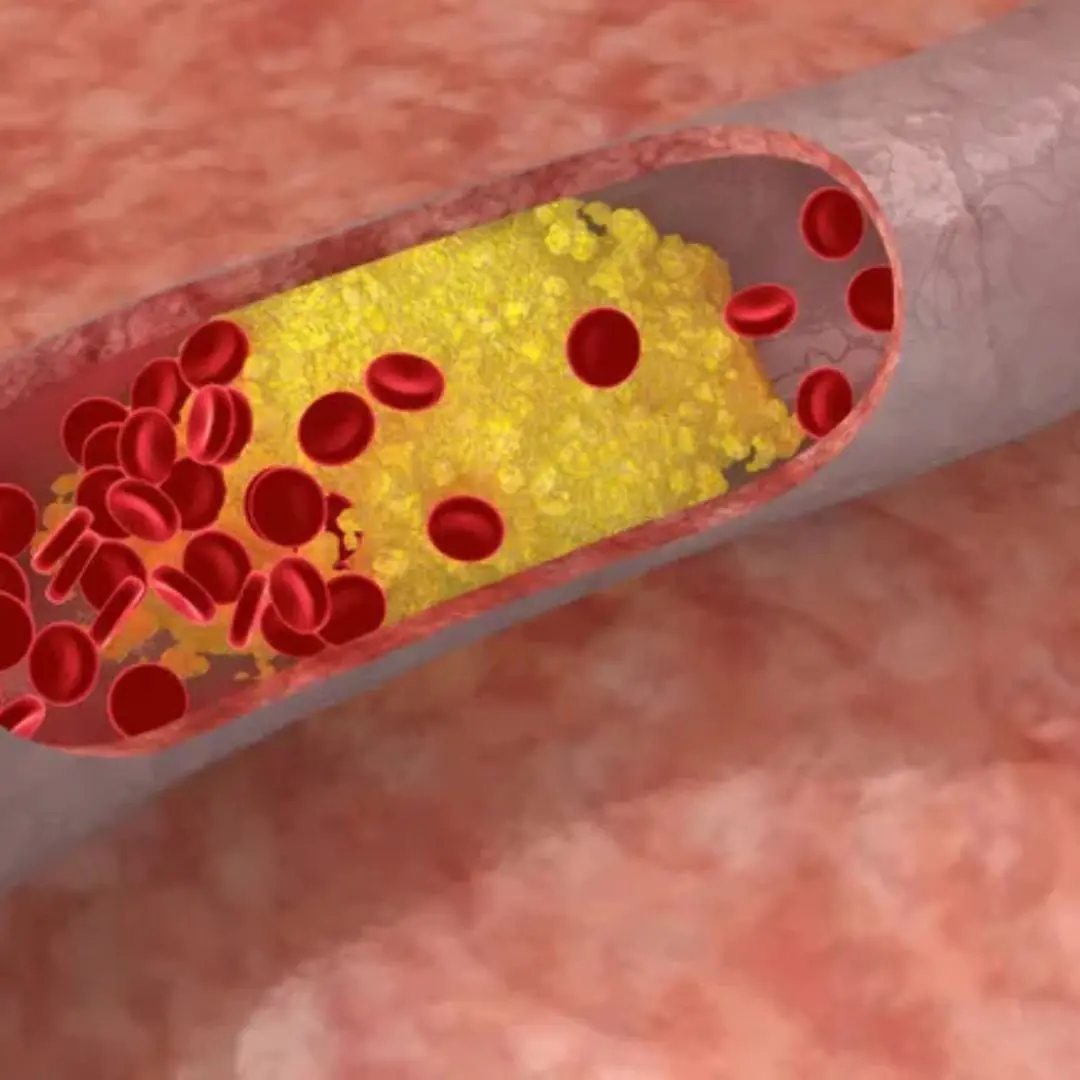
6 hidden dangers of fatty blood disease doctors warn about

5 Wild-Caught Fish That Cannot Be Farmed
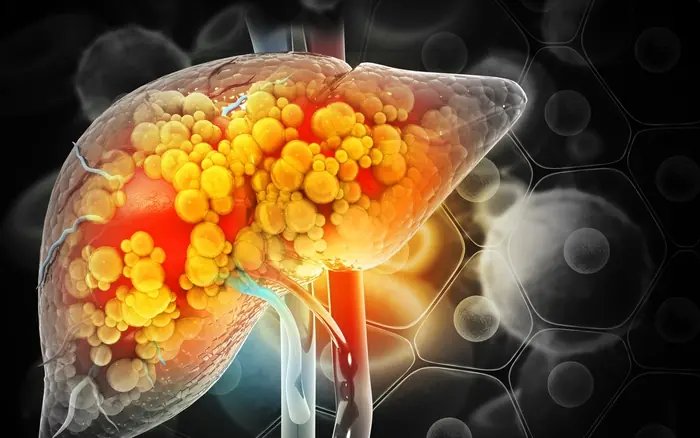
Blo.od Fat and Li.ver Fat Can Skyrocket If You Overuse This Drink
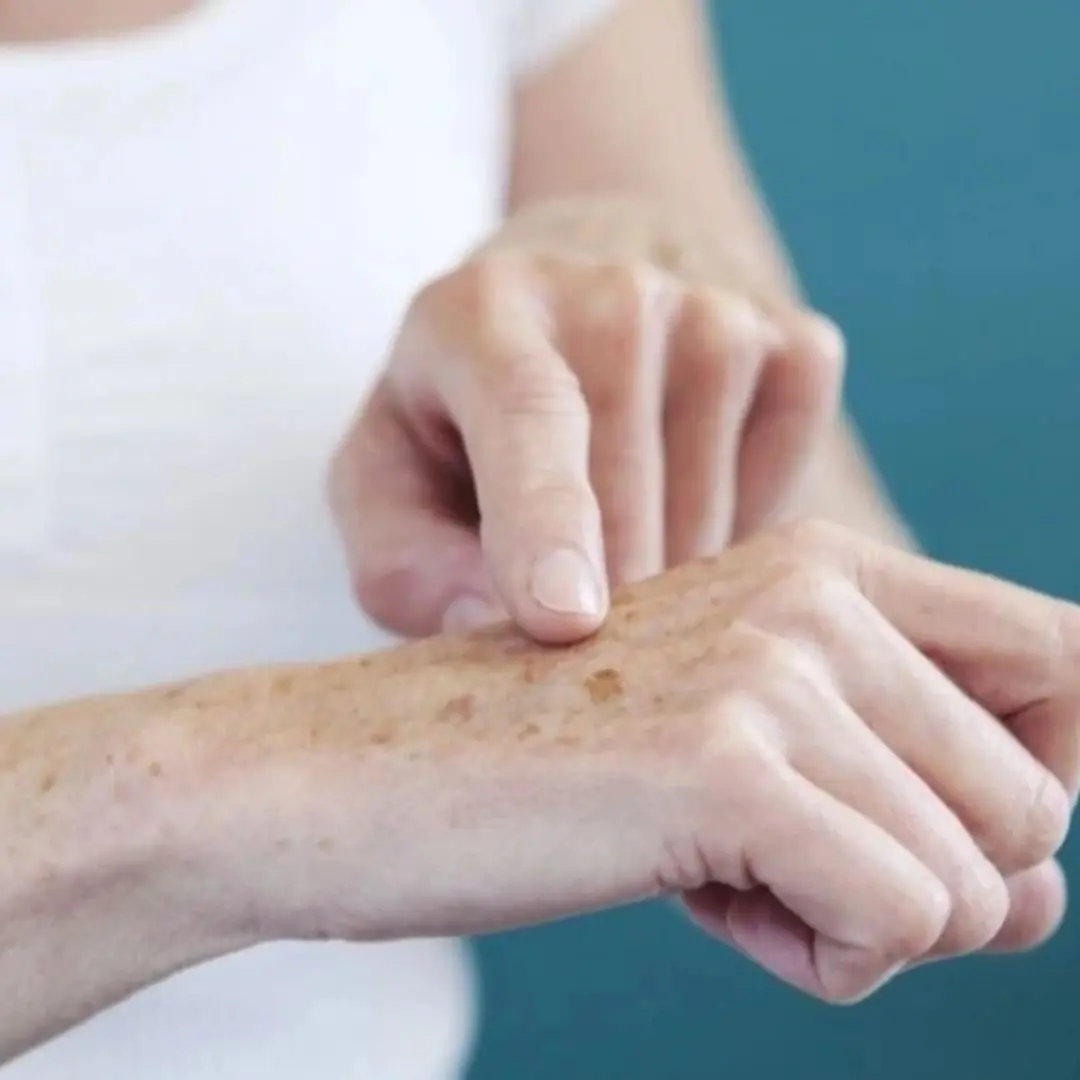
Your hands can warn you: 5 back-of-hand signs linked to health issues

Why you should avoid fruits after meals — and when to eat them instead

4 types of fish are listed as 'cancer causing'! Eating too much will cause cancer

Discover 7 Amazing Ways Drinking Perilla Leaf Water Regularly Can Boost Your Health and Well-Being
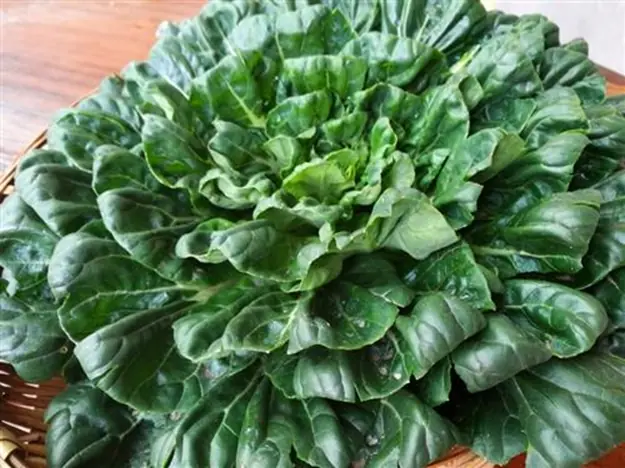
Three Types of Vegetables with the Highest Pesticide Residues

Doctor Warns: 5 Symptoms That Could Indicate Bone Cancer
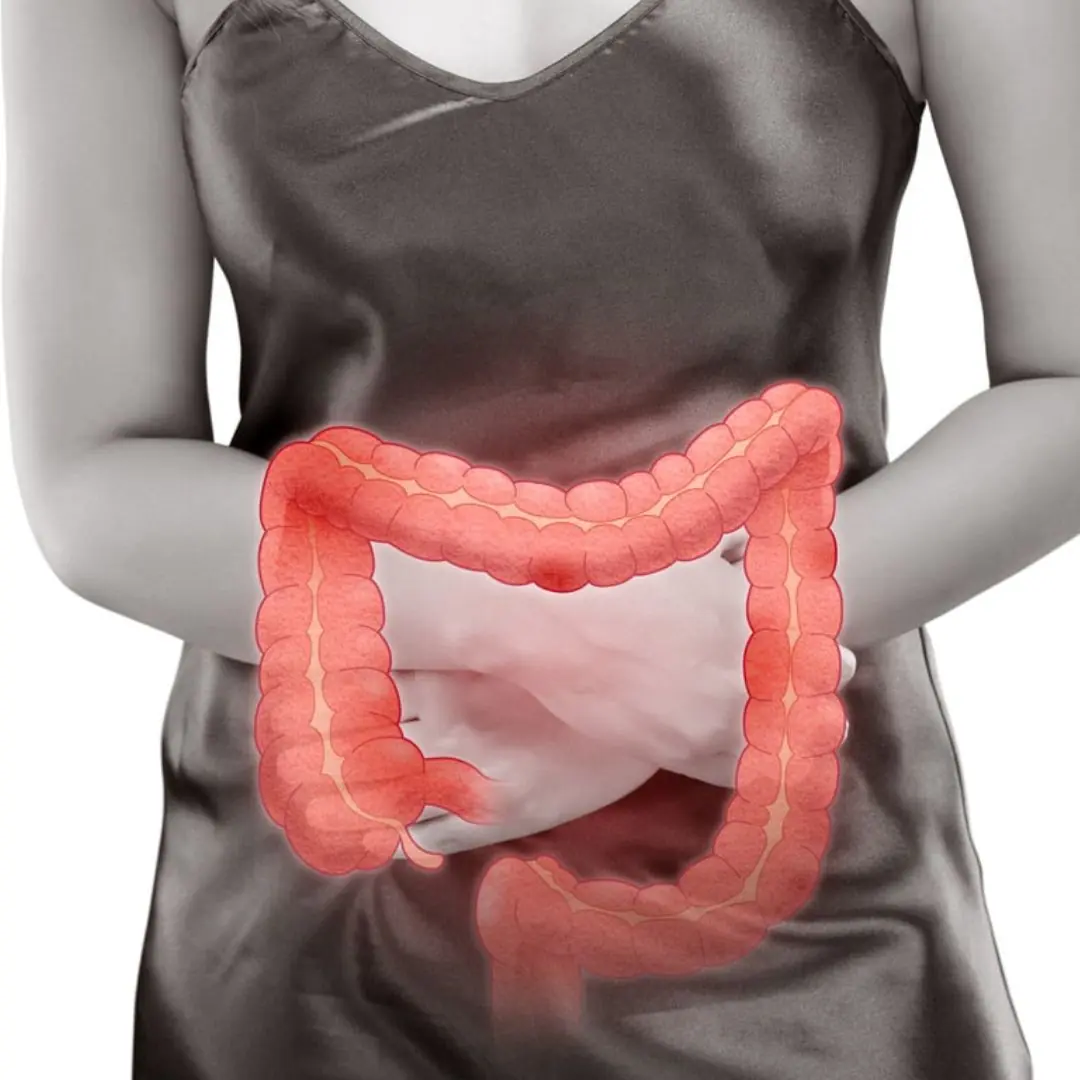
7 foods to avoid in a colon cancer diet
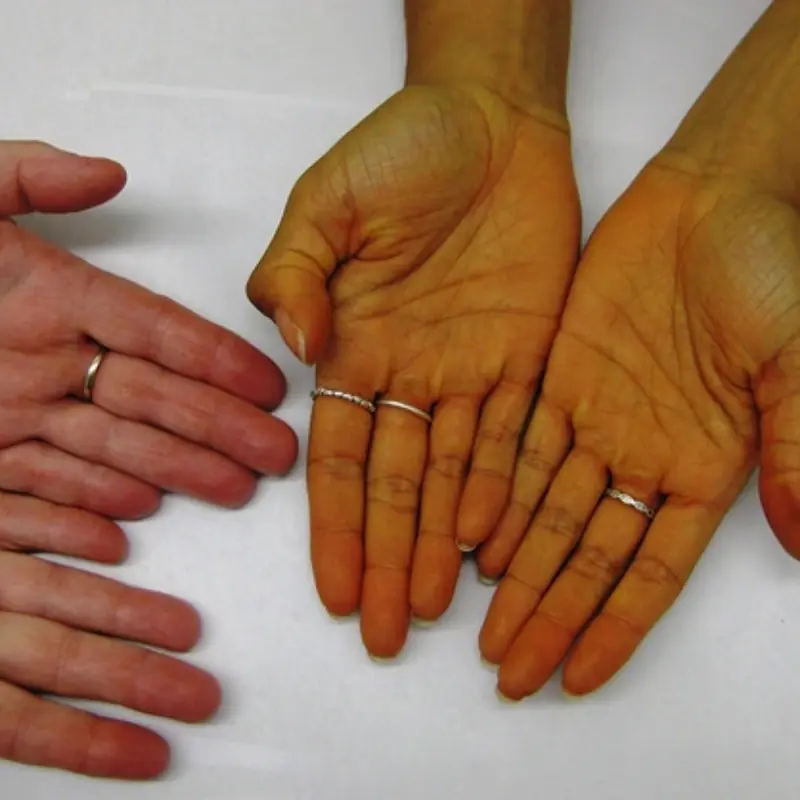
These Are the 5 Earliest Warning Signs Your Body Sends When Can.cer
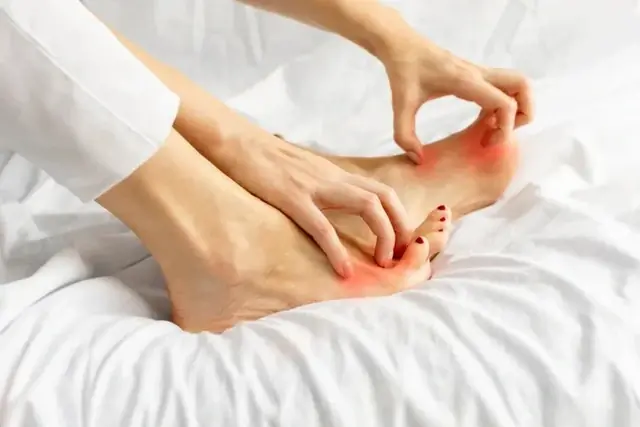
5 Early Clues Your Body Sends When Bile Du.ct Can.cer Is Taking Hold
News Post

5 dangerous habits that are destroying your liver: Quit now before it's too late

What’s Really Going On When Your Hands and Feet Won’t Stop Sweating?

Cold Feet All the Time? 6 Reasons That Have Nothing to Do With the Weather

What Exactly Is a Stye — and How Can You Get Rid of It?

6 Types of Food You Should Never Keep Overnight

Can.cer Cells Love These 4 Foods

A 25-Year-Old Girl Developed L.ung Consolidation in Just 3 Days

6 hidden dangers of fatty blood disease doctors warn about

5 Wild-Caught Fish That Cannot Be Farmed

Blo.od Fat and Li.ver Fat Can Skyrocket If You Overuse This Drink

Your hands can warn you: 5 back-of-hand signs linked to health issues

Why you should avoid fruits after meals — and when to eat them instead

Don’t Eat Grapes Before You Know This Trick

4 types of fish are listed as 'cancer causing'! Eating too much will cause cancer

Doctor explains why you should always shower at night instead of the morning

Discover 7 Amazing Ways Drinking Perilla Leaf Water Regularly Can Boost Your Health and Well-Being

Three Types of Vegetables with the Highest Pesticide Residues
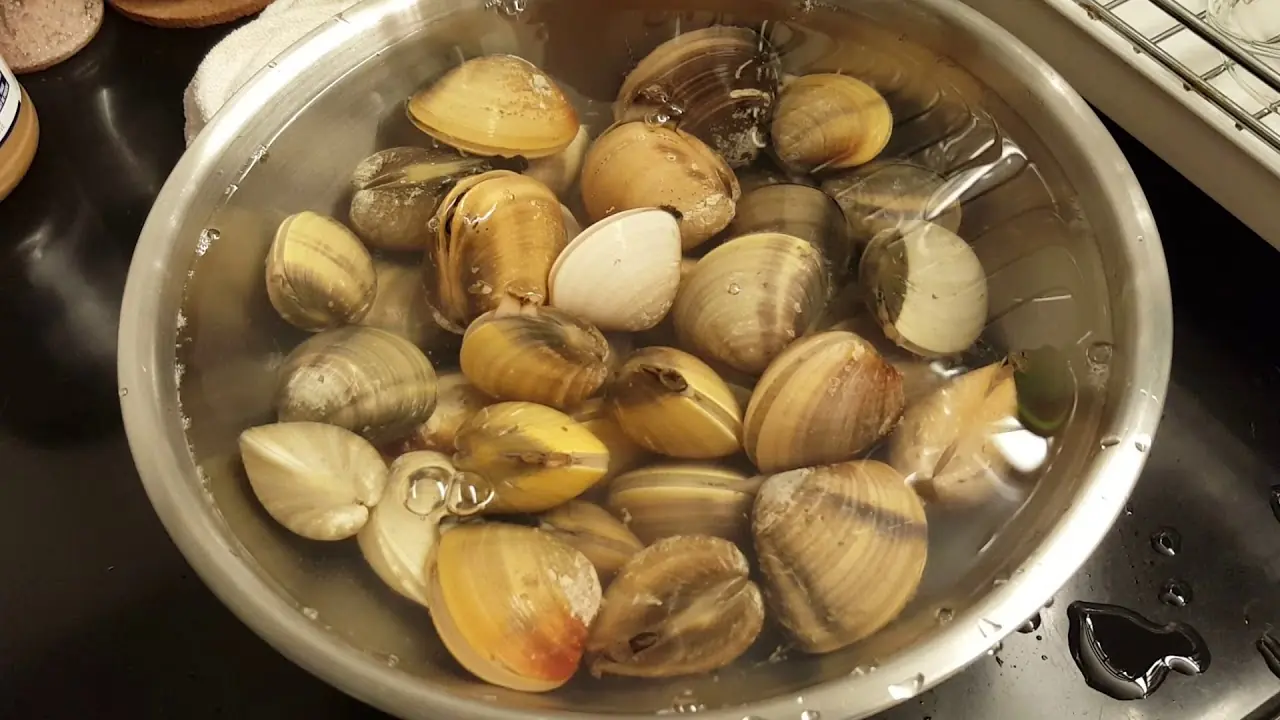
No Matter How You Wash Clams, There’s Still Grit Inside?
